Economic Viability and Cost Efficiency
The dual fuel-engine market in Germany is bolstered by the economic advantages associated with dual fuel technologies. These engines allow for the use of alternative fuels, which can be more cost-effective than traditional diesel or gasoline. The fluctuating prices of fossil fuels have prompted businesses to explore dual fuel options, which can lead to operational cost savings of up to 20%. Furthermore, the potential for reduced fuel consumption and lower maintenance costs enhances the economic viability of dual fuel engines. As companies seek to optimize their operational expenditures, the dual fuel-engine market is likely to see increased investment and adoption, reflecting a growing trend toward cost efficiency.
Environmental Regulations and Compliance
The dual fuel-engine market in Germany is experiencing a notable shift due to stringent environmental regulations aimed at reducing emissions. The German government has implemented various policies that mandate lower NOx and particulate matter emissions from engines. This regulatory landscape encourages manufacturers to innovate and adopt dual fuel technologies, which can significantly lower harmful emissions. As a result, the market is projected to grow, with estimates suggesting an increase of approximately 15% in adoption rates over the next five years. Compliance with these regulations not only enhances the market's appeal but also positions companies favorably in a competitive landscape, as consumers increasingly prefer environmentally friendly solutions.
Technological Integration and Innovation
The dual fuel-engine market in Germany is significantly influenced by advancements in technology that facilitate the integration of dual fuel systems into existing engine designs. Innovations in engine management systems and fuel injection technologies have improved the performance and reliability of dual fuel engines. This technological evolution is expected to drive market growth, with projections indicating a compound annual growth rate (CAGR) of around 10% over the next few years. As manufacturers continue to invest in research and development, the dual fuel-engine market is likely to benefit from enhanced engine efficiency and reduced emissions, making these systems more attractive to consumers and businesses alike.
Consumer Awareness and Demand for Alternatives
The dual fuel-engine market in Germany is increasingly shaped by rising consumer awareness regarding environmental issues and the demand for alternative fuel solutions. As public consciousness about climate change and air quality grows, consumers are more inclined to support products that align with sustainable practices. Surveys indicate that approximately 60% of consumers are willing to pay a premium for vehicles equipped with dual fuel technology. This shift in consumer preferences is likely to propel the dual fuel-engine market forward, as manufacturers respond to this demand by offering more dual fuel options, thereby enhancing market competitiveness and innovation.
Infrastructure Development and Fuel Availability
The dual fuel-engine market in Germany is supported by the ongoing development of infrastructure that facilitates the use of alternative fuels. The expansion of refueling stations and supply chains for natural gas and other alternative fuels is crucial for the market's growth. As of November 2025, Germany has seen a significant increase in the number of natural gas refueling stations, with estimates suggesting a rise of over 30% in the past two years. This improved infrastructure not only enhances the accessibility of dual fuel options but also encourages fleet operators to transition to dual fuel engines, thereby driving market demand and adoption.


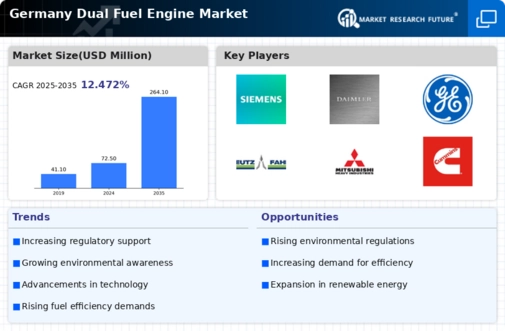
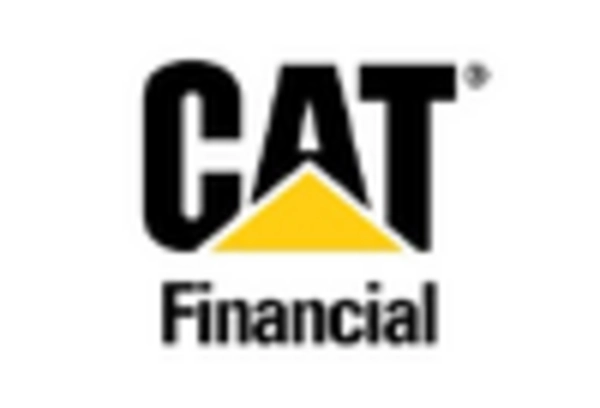
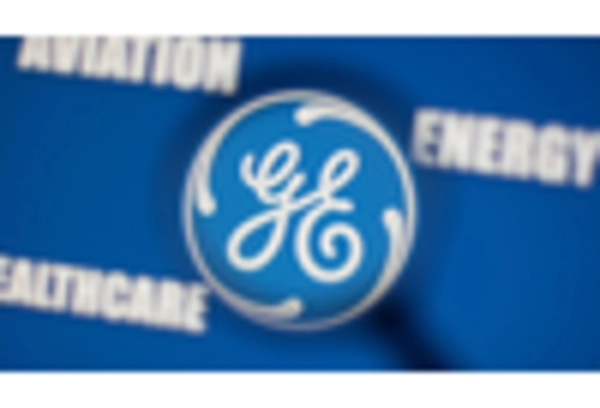
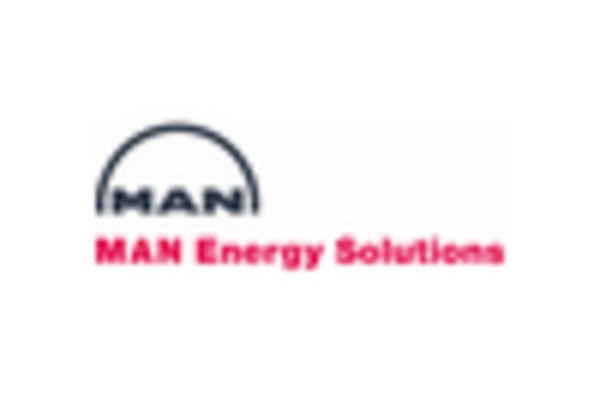

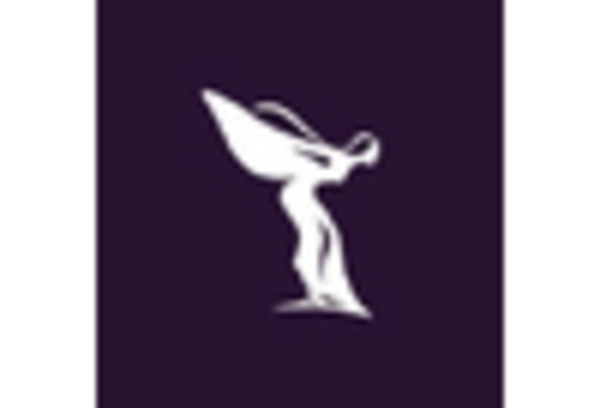
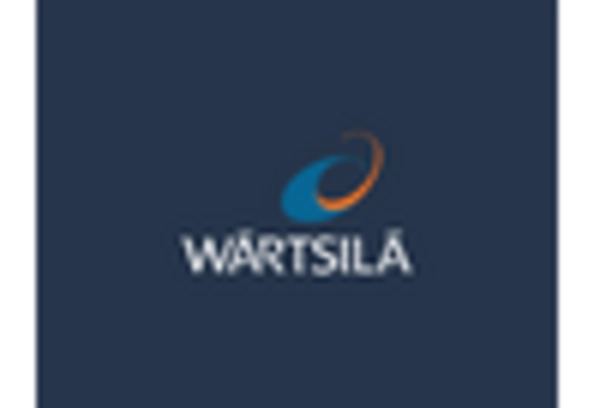








Leave a Comment